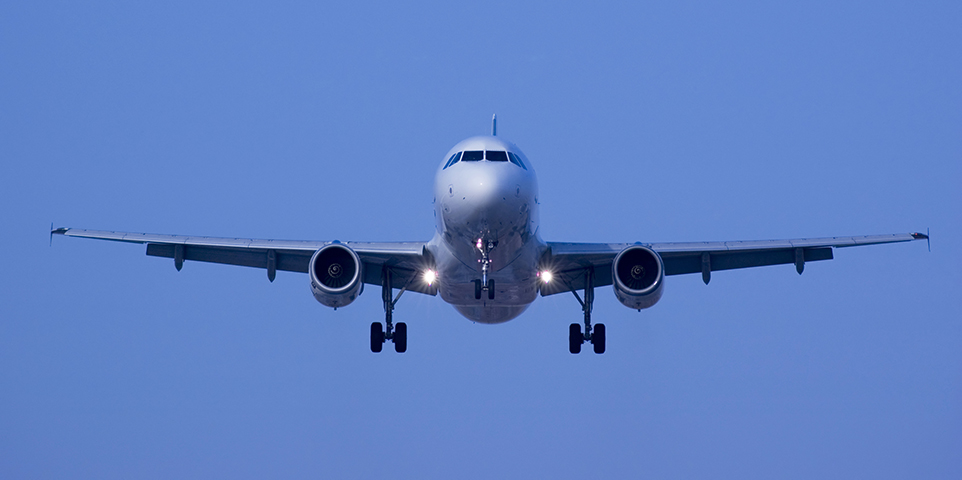MEMBERSHIP
AMPLIFY
EN ESPAÑOL
Connect With Us
- Popular search terms
- Automobile
- Home + Renters
- Claims
- Fraud
- Hurricane
- Popular Topics
- Automobile
- Home + Renters
- The Basics
- Disaster + Preparation
- Life Insurance

If you operate an aviation business, you’ll want to consider purchasing specialized aviation insurance. Because operating and servicing airplanes and helicopters entails numerous risks, several types of aviation insurance are available, including:
In addition, the U.S. Federal Aviation Administration (FAA) and some private insurers offer war risk insurance, which provides air carriers with coverage for aircraft, passengers and crew when damage or liability is incurred as a result of war.
Aviation policies may include a range of coverage—for aircraft in storage and in flight, for passengers and crew, and for third-party property liability. Review any prospective policy with your insurance professional to determine if all risks are sufficiently covered. You may also want to work with a broker that specializes in aviation insurance.
Just as the risk of ground vehicle accidents can be minimized by taking preventive measures, so too can aviation-related businesses take actions to help limit claims. You’ll want to consider the risks associated with human error, e.g., pilots, crew, mechanics; equipment and property; and operations. Like other types of risk management, aviation risk management is most effective by employing the following sequential steps:
Your aviation insurer may offer services to help you establish or improve safety programs. The FAA also offers aviation safety programs and resources.